Delve into the realm of precision agriculture with the Agriculture Drone Subsidy Scheme, a pioneering initiative by the government to empower farmers. Seamlessly blending technology and tradition, this scheme offers subsidies for drone acquisition and operation, revolutionizing crop monitoring and assessment.
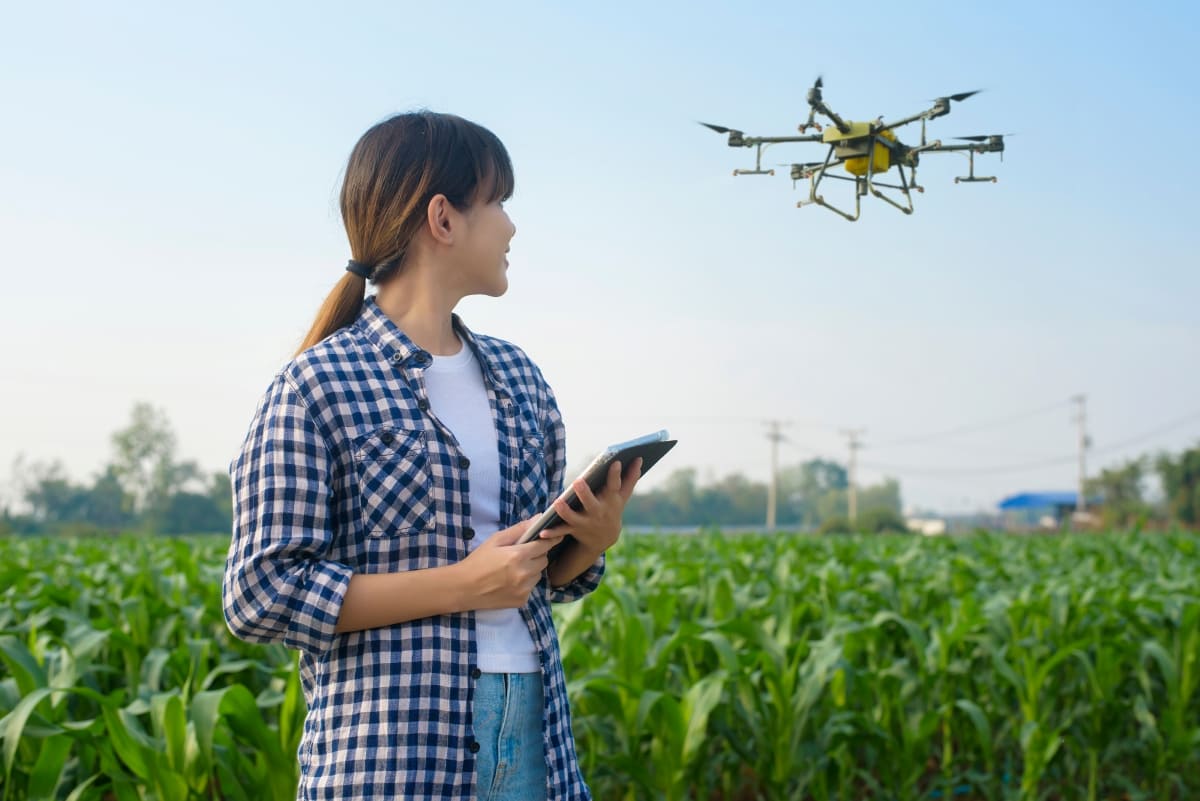
Farmers can obtain a drone license for agriculture, enabling them to leverage advanced UAV technology for enhanced crop management. Applying online for the drone subsidy is simple and accessible, streamlining the process for farmers nationwide. Join the digital farming revolution and register for the Kisan Drone Scheme to unlock new opportunities in smart farming.
Agriculture Drone Subsidy Scheme
Introduction to the Agriculture Drone Subsidy Scheme
The agriculture industry is witnessing a technological revolution with the emergence of drones. These unmanned aerial vehicles potential to revolutionize farming practices by providing farmers with valuable insights and data. To promote the adoption of drones in agriculture, the government has introduced the Agriculture Drone Subsidy Scheme.
Eligibility Criteria for Farmers and Businesses
To avail of the benefits of the Agriculture Drone Subsidy Scheme, farmers and businesses need to meet certain eligibility criteria. Generally, farmers with a minimum landholding of 2 hectares and registered agricultural businesses are eligible. However, specific criteria may vary based on the region and scheme guidelines. It is essential to consult the official scheme documentation to ensure eligibility.
Types of Drones Covered Under the Scheme
The Agriculture Drone Subsidy Scheme covers a wide range of drones that are specifically designed for agricultural purposes. These drones come equipped with advanced sensors, cameras, and data processing capabilities to assist farmers in crop monitoring, precision spraying, and mapping. From fixed-wing drones for large-scale operations to multi-rotor drones for smaller farms, the scheme provides subsidies for various types of agricultural drones.
Government Kisan Subsidy Overview
Under the Agriculture Drone Subsidy Scheme, the government provides financial assistance to farmers and businesses to promote the adoption of drones in agriculture. The subsidy amount varies based on the region and the type of drone being purchased. The subsidy can cover a portion of the drone’s cost, making it more affordable for farmers to invest in this technology.
The Agriculture Drone Subsidy Scheme, launched under the Kisan Drone Scheme in February 2022, represents a significant initiative by the government to promote the adoption of drone technology in Indian agriculture. Drones, also known as unmanned aerial vehicles, offer various benefits in precision farming, crop monitoring, pest control, and livestock management. This scheme aims to make drone technology more accessible to farmers by providing subsidies for the purchase of Kisan Drones.
Under the scheme, subsidies are provided to different categories of beneficiaries, including agricultural research institutes, Farmer Producer Organizations (FPOs), Custom Hiring Centers (CHCs), agricultural graduates, and small and marginal farmers. The subsidies cover a percentage of the drone’s cost, up to a maximum limit, depending on the category of the beneficiary.
- It helps in increasing crop yields by addressing issues like pest infestations and nutrient deficiencies in a timely manner.
- Precision agriculture reduces the need for excessive use of inputs like fertilizers and pesticides, leading to cost savings for farmers. Drones also enable time-efficient crop management, allowing farmers to focus on essential aspects of farming.
- The real-time data provided by drones empowers farmers to make informed decisions, contributing to better outcomes in crop production.
One of the key objectives of the scheme is to promote sustainable agricultural practices. By minimizing the use of chemicals, optimizing resource utilization, drones help reduce environmental impact and promote environmental sustainability in agriculture. Farmers interested in availing subsidies under the Kisan Drone Scheme need to check the eligibility criteria set by the government and prepare the necessary documents.
In case you missed it: Drone Farming, Drone Technology In Agriculture
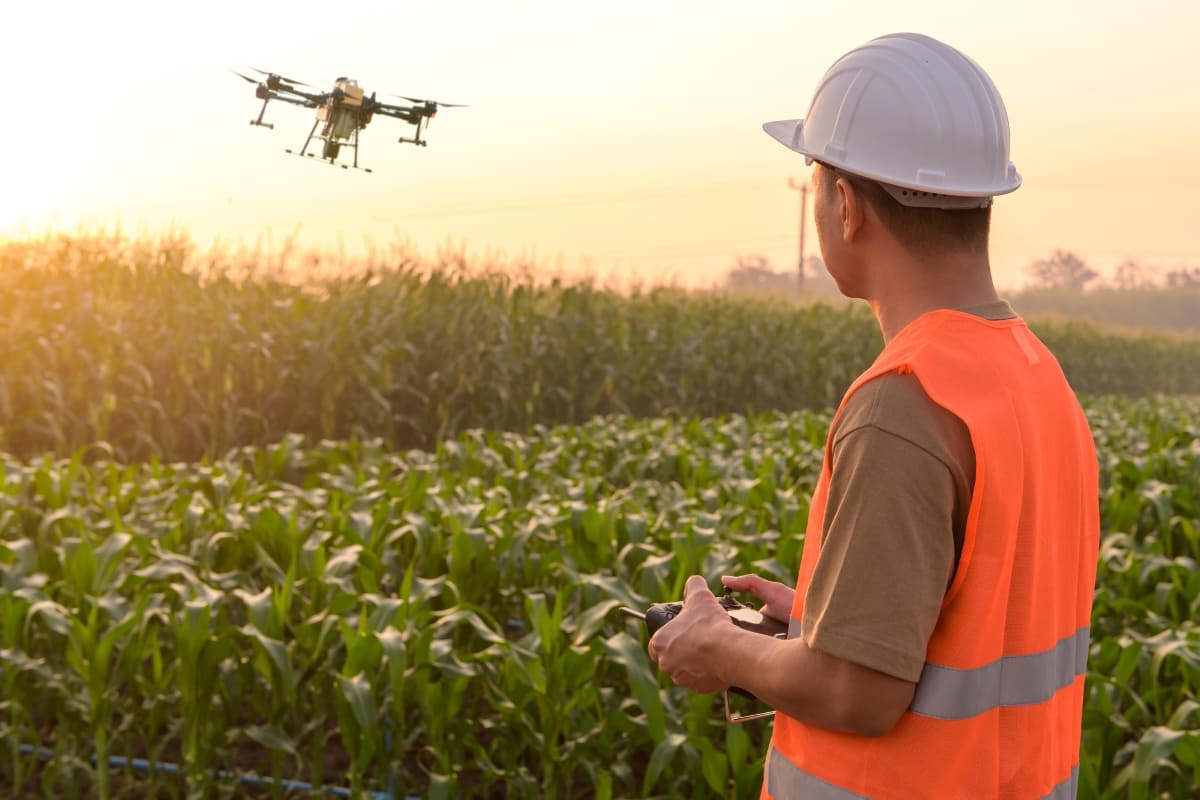
They can then reach out to the designated agricultural authorities or government offices to submit their applications. After approval, farmers may undergo training sessions on operating and maintaining the drone technology before implementing it in their fields.
Benefits of Using Drones in Agriculture
Using drones in agriculture offers numerous benefits to farmers. Drones enable aerial imaging, providing valuable data on crop health, water stress, and pest infestations. This information allows farmers to make informed decisions, optimize resource allocation, and take preventive measures. Drones also facilitate precision spraying, reducing the use of pesticides and herbicides, thereby minimizing environmental impact and promoting sustainable farming practices.
License Requirements for Operating Agricultural Drones
Operating agricultural drones requires adherence to certain regulations and licensing requirements. Pilots need to obtain for Remote Pilot License (RPL) or an Unmanned Aircraft System (UAS) license, depending on the region. These licenses ensure that operators are aware of safety protocols, airspace regulations, and emergency procedures. It is necessary to undergo proper training and certification before operating agricultural drones.
How to Apply for a Drone Operating License
To obtain a drone operating license, applicants need to undergo training from certified drone training institutes. The training covers topics such as flight regulations, safety protocols, and emergency procedures. After completing the training, applicants need to pass a written exam and a flight test. Once these requirements are fulfilled, applicants can apply for a drone operating license from the designated aviation authority.
Application Process for Agriculture Drone Subsidy Scheme
To apply for the Agriculture Drone Subsidy Scheme, farmers, and businesses need to follow a specific application process. The process typically involves:
- Fill out an online application form.
- Providing essential details about the drone.
- Its purpose.
- The expected benefits. Applicants also need to submit supporting documents, such as land ownership proof, business registration documents, and drone specifications.
In case you missed it: A Guide to Understand Importance of Drones in Agriculture/Farming: Advantages, Applications, and Different Types
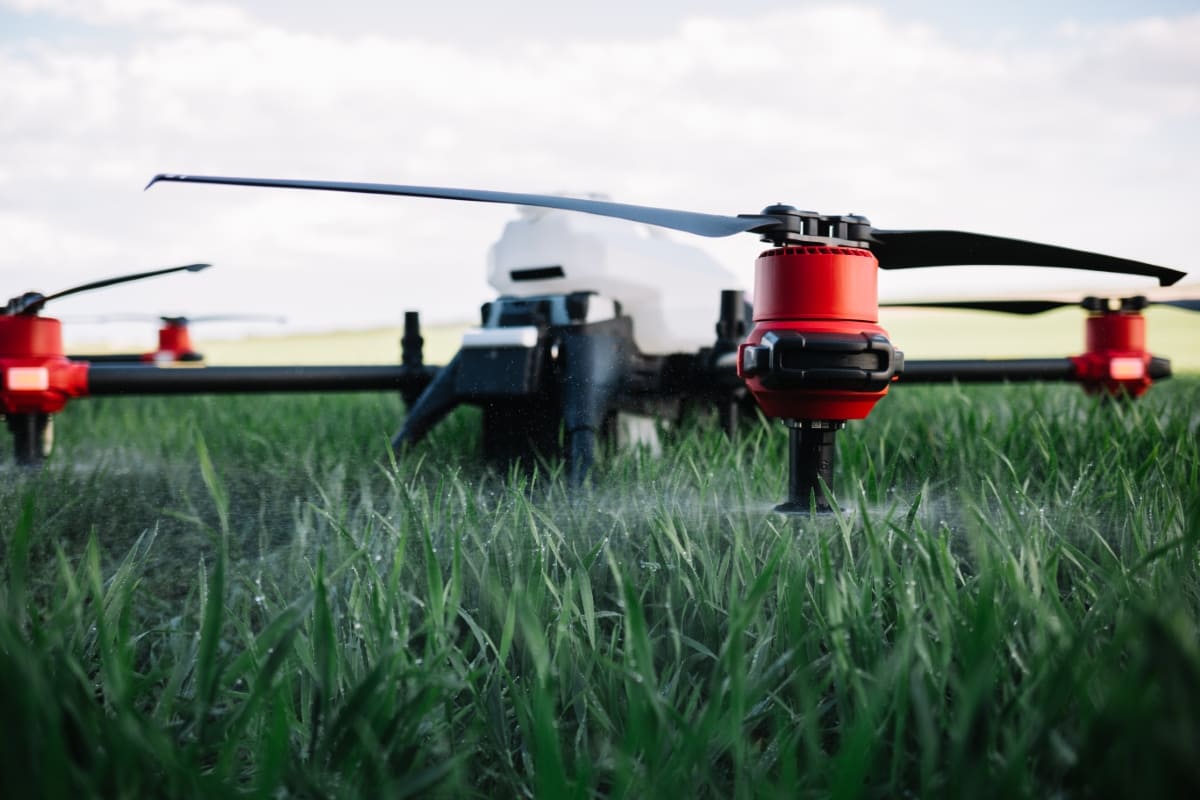
Document Checklist for Subsidy Application
When applying for the Agriculture Drone Subsidy Scheme, it is essential to have all the necessary documents ready. The document checklist may include:
- Identification proof.
- Land ownership proof.
- Business registration documents.
- Drone specifications.
- Any other documentation required by the scheme. Ensuring that all documents are in order can streamline the application process and prevent delays.
Timeline and Processing Steps
The timeline for processing subsidy applications may vary based on the region and the scheme’s guidelines. It is advisable to check the official scheme documentation for estimated processing times. Generally, the application goes through a series of steps, including verification of documents, evaluation of the proposal, and disbursal of the subsidy. Regular follow-ups and prompt submission of any additional requested information can help expedite the process.
Online Application Portal Guide
To simplify the application process, many subsidy schemes offer an online application portal. This portal allows applicants to fill out the necessary forms, upload documents, and track the progress of their applications. It is important to familiarize yourself with the online portal and follow the instructions provided to ensure a smooth and efficient application process.
Troubleshooting Common Application Issues
During the subsidy application process, applicants may encounter common issues or have questions. It is advisable to refer to the frequently asked questions (FAQs) section of the scheme’s official website or contact the designated authority for assistance. Promptly addressing any issues can prevent delays and ensure a successful application.
Monitoring and Reporting Requirements
Upon receiving the subsidy, beneficiaries are often required to adhere to certain monitoring and reporting requirements. This may involve periodic reporting on the utilization of the drone, its impact on farming practices, and any challenges faced. Compliance with these requirements helps the government assess the effectiveness of the scheme and make informed decisions for future initiatives.
Renewal and Continuation of Subsidy
Some subsidy schemes may require beneficiaries to renew their subsidy periodically. This ensures that the subsidy is being utilized effectively and encourages continuous engagement with the technology. It is important to stay updated with the scheme guidelines to know the renewal process and any additional requirements.
Promoting Precision Farming: Government Subsidies for Agriculture Drones
The Union Ministry of Agriculture and Farmers Welfare has introduced guidelines aimed at making drone technology more accessible to stakeholders in the agricultural sector. These guidelines, under the “Sub-Mission on Agricultural Mechanization” (SMAM), offer substantial grants for the purchase of agriculture drones.
In case you missed it: Problems of Indian Agriculture: Problems Faced by Indian Farmers
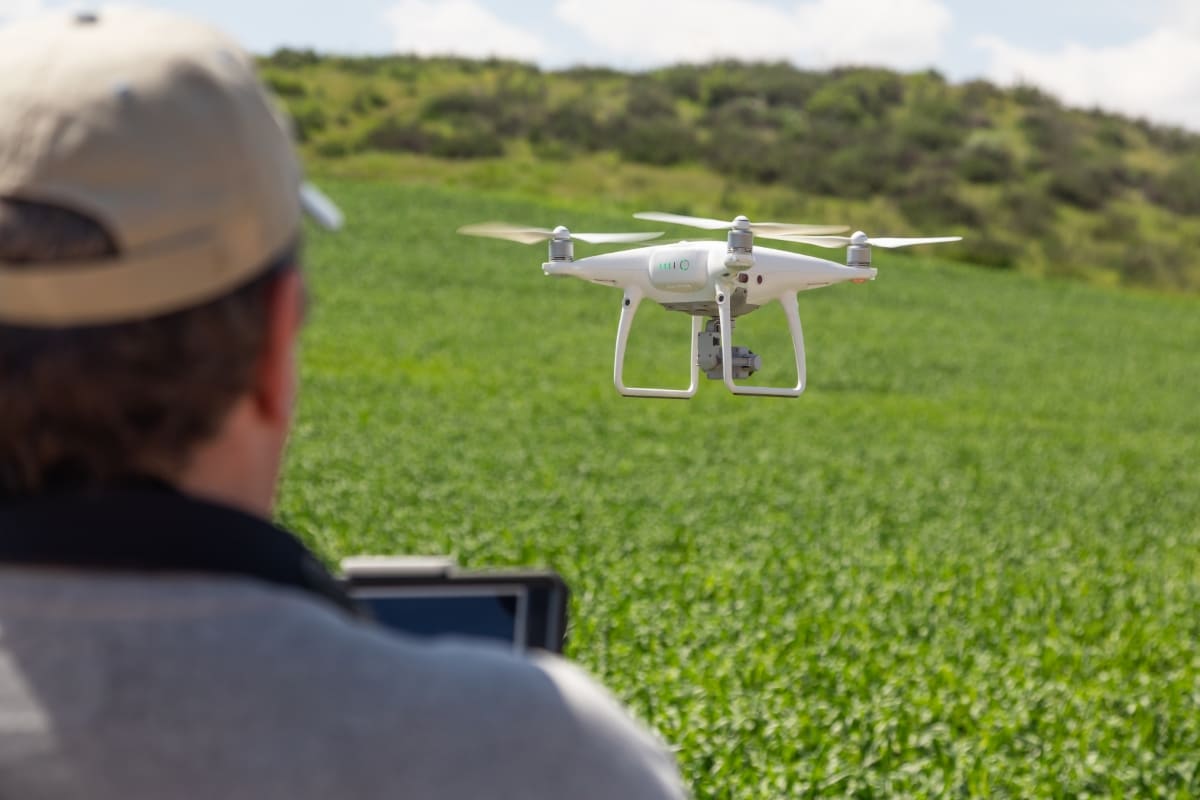
The subsidies cover up to 100% of the drone’s cost or Rs. 10 lakhs, whichever is less, for institutions like Farm Machinery Training & Testing Institutes, Krishi Vigyan Kendras, and State Agriculture Universities. The objective is to facilitate large-scale demonstrations of drone technology on farmers’ fields.
Eligibility and Grants for Farmers Producers Organizations (FPOs)
To further encourage the adoption of drone technology, financial assistance is extended to existing Custom Hiring Centers (CHCs) and those established by agricultural graduates and rural entrepreneurs. These centers can receive grants covering a percentage of the basic drone cost or a specified amount, depending on their setup and operation.
Accessibility and Widespread Adoption
The subsidized purchase of agriculture drones for SHCs and Hi-tech Hubs aims to make this technology more affordable, thereby promoting its widespread adoption. This initiative not only benefits farmers but also encourages domestic drone production, contributing to the growth of the agricultural technology sector in India.
Regulatory Framework and Compliance
Drone operations in agriculture are regulated by the Ministry of Civil Aviation (MoCA) and the Director General of Civil Aviation (DGCA). The “Drone Rules 2021” provides guidelines for the use and operation of drones in India, ensuring safety and compliance. The Department of Agriculture & Farmers Welfare has also developed Standard Operating Procedures (SOPs) for drone applications in agricultural activities, including pesticide spraying and crop protection. It is mandatory for demonstrating institutions and service providers to adhere to these rules and SOPs.
Budget Announcement and Prime Minister’s Endorsement
In the budget speech for 2022-23, the Union Finance Minister emphasized the promotion of ‘Kisan Drones’ for various agricultural purposes, including crop assessment, digitization of land records, and spraying of insecticides and nutrients. Prime Minister Narendra Modi has lauded the initiative, recognizing its potential to empower farmers and enhance agricultural profitability.
Background and Technological Advancements
The use of drones in agriculture has evolved significantly over the years, with advancements in sensor-based smart agriculture technology. Initiatives like SENSAGRI have focused on developing indigenous prototypes for drone-based crop and soil health monitoring systems. These systems utilize hyperspectral remote sensing (HRS) sensors and can integrate with satellite-based technologies for large-scale applications.
Drone Rules and Permissions
The Ministry of Civil Aviation has played a crucial role in regulating drone operations through the publication of Drone Rules, 2021. These rules aim to streamline the use and operation of drones in various sectors, including agriculture. The Ministry has also granted conditional exemptions for drone usage to the Ministry of Agriculture & Farmers Welfare for remote sensing data collection in agricultural areas of 100 districts, aiding in yield estimation under schemes like the Pradhan Mantri Fasal Bima Yojana (PMFBY).
In case you missed it: Land Cost Per Acre in India: Exploring Village Farm Land Cost and Agriculture Land Cost Per Acre
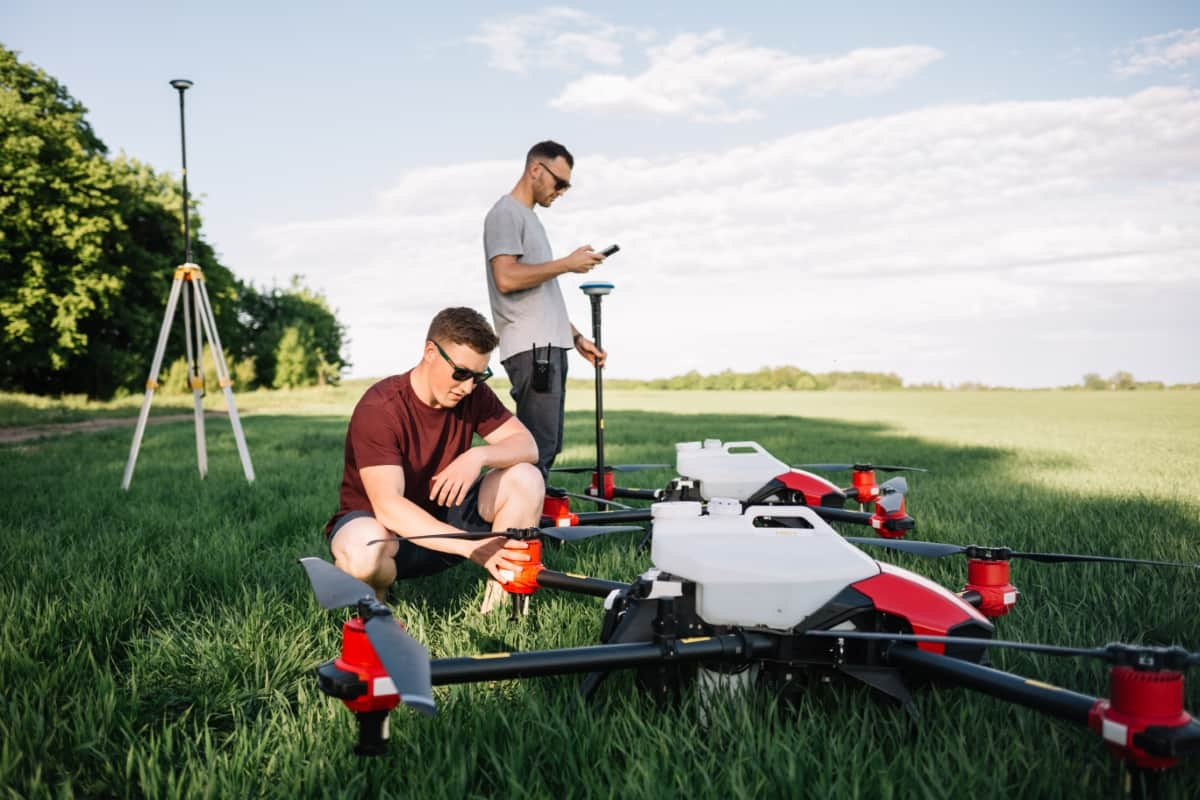
Government Initiatives and Subsidy Guidelines
Under the Agriculture Drone Subsidy Scheme, various grants and subsidies are provided to institutions, Farmer Producer Organizations (FPOs), Custom Hiring Centers (CHCs), agriculture graduates, and rural entrepreneurs for the purchase and demonstration of agriculture drones. Financial assistance and grants are available until March 31, 2023, with the aim of promoting the widespread adoption of drone technology in agriculture.
Future Prospects and Growth
The government’s efforts to promote drone use in agriculture are expected to catalyze growth in the drone sector, attracting investments, generating employment opportunities, and fostering innovation. The Production-Linked Incentive scheme for drones and drone components further incentivizes domestic manufacturing and contributes to the sector’s growth trajectory.
In case you missed it: Cooperative Societies in the Agricultural Sector in India: Benefits, Role, and Challenges
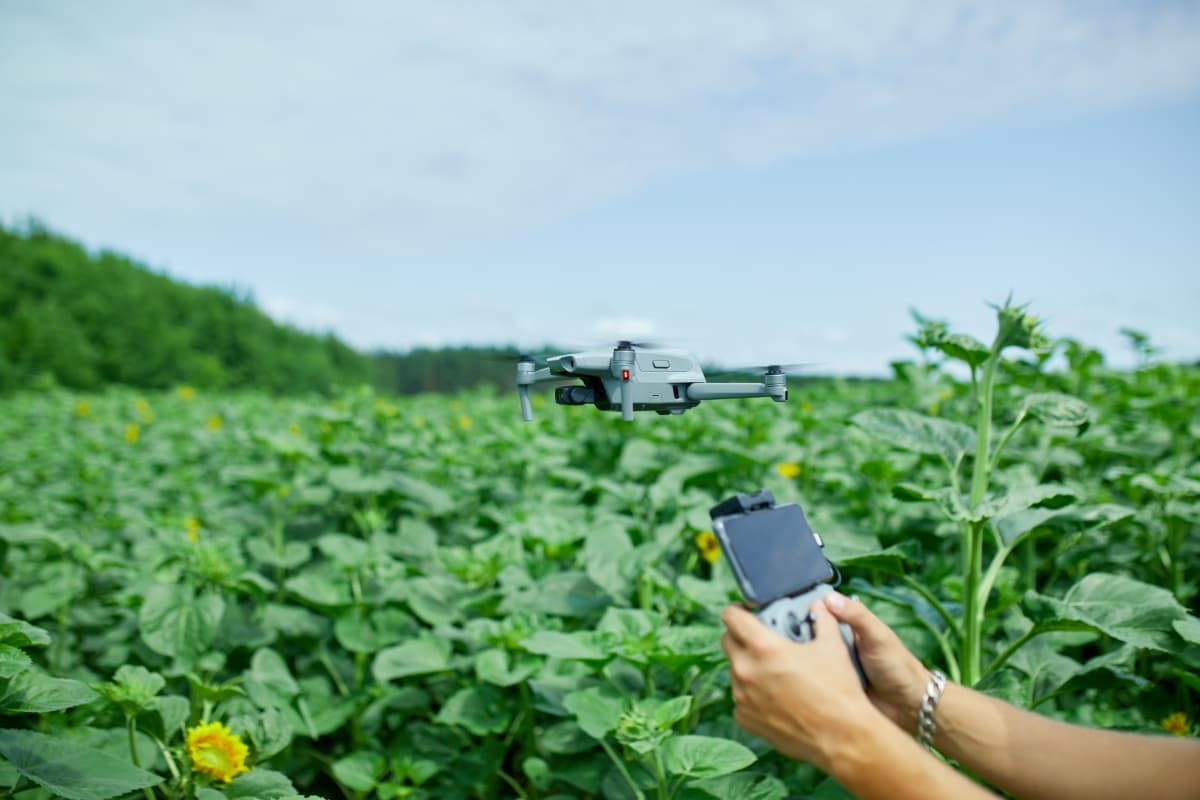
Conclusion
The Agriculture Drone Subsidy Scheme offers a valuable opportunity for farmers and businesses to harness the power of drone technology in agriculture. By understanding the eligibility criteria, license requirements, and application process, users can navigate through the scheme effectively.
The integration of drones in agriculture can lead to improved crop management, enhanced resource efficiency, and sustainable farming practices. Embrace the potential of agricultural drones and take advantage of the government subsidy to shape the future of farming.
- Types of Pesticides Used in Agriculture: A Beginner’s Guide
- Economical Aquaculture: A Guide to Low-Budget Fish Farming
- 15 Common Planting Errors That Can Doom Your Fruit Trees
- How to Make Houseplants Bushy: Effective Tips and Ideas
- Innovative Strategies for Boosting Coconut Pollination and Yield
- Pollination Strategies for Maximum Pumpkin Yield
- The Complete Guide to Chicken Fattening: Strategies for Maximum Growth
- Natural Solutions for Tulip Problems: 100% Effective Remedies for Leaf and Bulb-Related Issues
- Revolutionizing Citrus Preservation: Towards a Healthier, Greener Future
- Natural Solutions for Peony Leaf and Flower Problems: 100% Effective Remedies
- Maximizing Profits with Avocado Contract Farming in India: A Comprehensive Guide
- Natural Solutions for Hydrangea Problems: 100% Effective Remedies for Leaf and Flowers
- The Ultimate Guide to Choosing the Perfect Foliage Friend: Bringing Life Indoors
- From Sunlight to Sustainability: 15 Ways to Use Solar Technology in Agriculture
- The Ultimate Guide to Dong Tao Chicken: Exploring from History to Raising
- The Eco-Friendly Makeover: How to Convert Your Unused Swimming Pool into a Fish Pond
- Mastering the Art of Delaware Chicken Farming: Essentials for Healthy Backyard Flocks
- 20 Best Homemade Fertilizers for Money Plant: DIY Recipes and Application Methods
- How to Craft a Comprehensive Free-Range Chicken Farming Business Plan
- Brighten Your Flock: Raising Easter Egger Chickens for Beauty and Bounty
- How to Optimize Your Poultry Egg Farm Business Plan with These Strategies
- Subsidy for Spirulina Cultivation: How Indian Government Schemes Encouraging Spirulina Farmers
- Ultimate Guide to Raising Dominique Chickens: Breeding, Feeding, Egg-Production, and Care
- Mastering the Art of Raising Jersey Giant Chickens: Care, Feeding, and More
- Ultimate Guide to Raising Legbar Chickens: Breeding, Farming Practices, Diet, Egg-Production
- How to Raise Welsummer Chickens: A Comprehensive Guide for Beginners
- How to Protect Indoor Plants in Winter: A Comprehensive Guide
- Ultimate Guide to Grow Bag Gardening: Tips, Tricks, and Planting Ideas for Urban Gardeners
- Guide to Lotus Cultivation: How to Propagate, Plant, Grow, Care, Cost, and Profit
- Agriculture Drone Subsidy Scheme: Government Kisan Subsidy, License, and How to Apply Online
- Ultimate Guide to Raising Araucana Chickens: Breed Profile, Farming Economics, Diet, and Care
- Bringing Hydroponics to Classroom: Importance, Benefits of Learning for School Students
- Ultimate Guide to Raising Polish Chickens: Breed Profile, Farming Economics, Diet, and Care
- Ultimate Guide to Raising Australorp Chickens: Profile, Farming Economics, Egg Production, Diet, and Care
- Silkie Chicken Farming: Raising Practices, Varieties, Egg Production, Diet, and Care
- Sussex Chicken Farming: Raising Practices, Varieties, Egg Production, Diet and Care